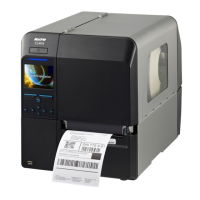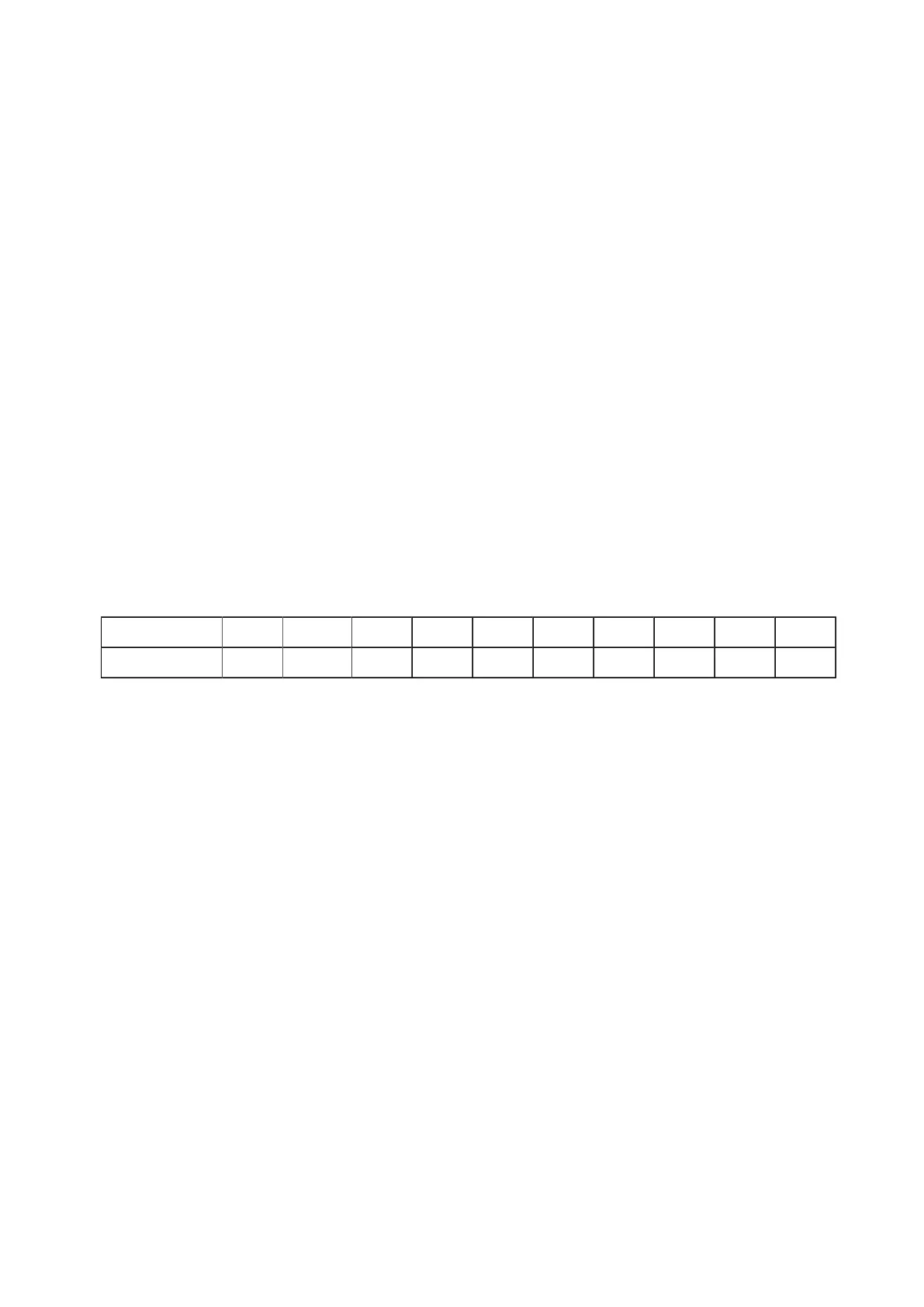146
[Supplementary Explanation]
• HEX characters = Kanji Code 4 bytes ASCII / 1 Kanji character (Ex.Shift JIS code)
• Binary code = Kanji Code 2 bytes / 1 Kanji character (Ex.Shift JIS code)
• Smoothing function validity range = Horizontal/vertical valid range: factor 3 to 12
• Highlighting function validity range = Horizontal/vertical valid range: factor 1 to 5
• Print result of two bytes under bar "_" is vertical line (excluding when the kanji mode is [Japan,
Compatible kanji]).
• When the language setting of the printer is Japanese or Simplified Chinese or Traditional
Chinese or Korean, printing follows the language setting.
• Some JIS213 Kanji (JISX213) characters have values between U+10000 to U+10FFFF.
Both UTF-8 and UTF-16 encodings are supported. Characters are encoded as surrogate pairs
in UTF-16, and as a 4 byte code in UTF-8. Some encoding processes use CESU-8, which
converts a surrogate pair to UTF-8.
[Notes]
• With the highlighting function the character width enlarges proportional with the expansion
factor.
• Using the highlighting function, depending on the type of font, characters become squeezed.
• When the Kanji mode setting is [China, Traditional Chinese (BIG5)], it will be a command error.
[Valid Commands]
Print position <V> <H>
Modification <P> <L> <%> <&> </> <0> <WD>
Parent topic Font command

